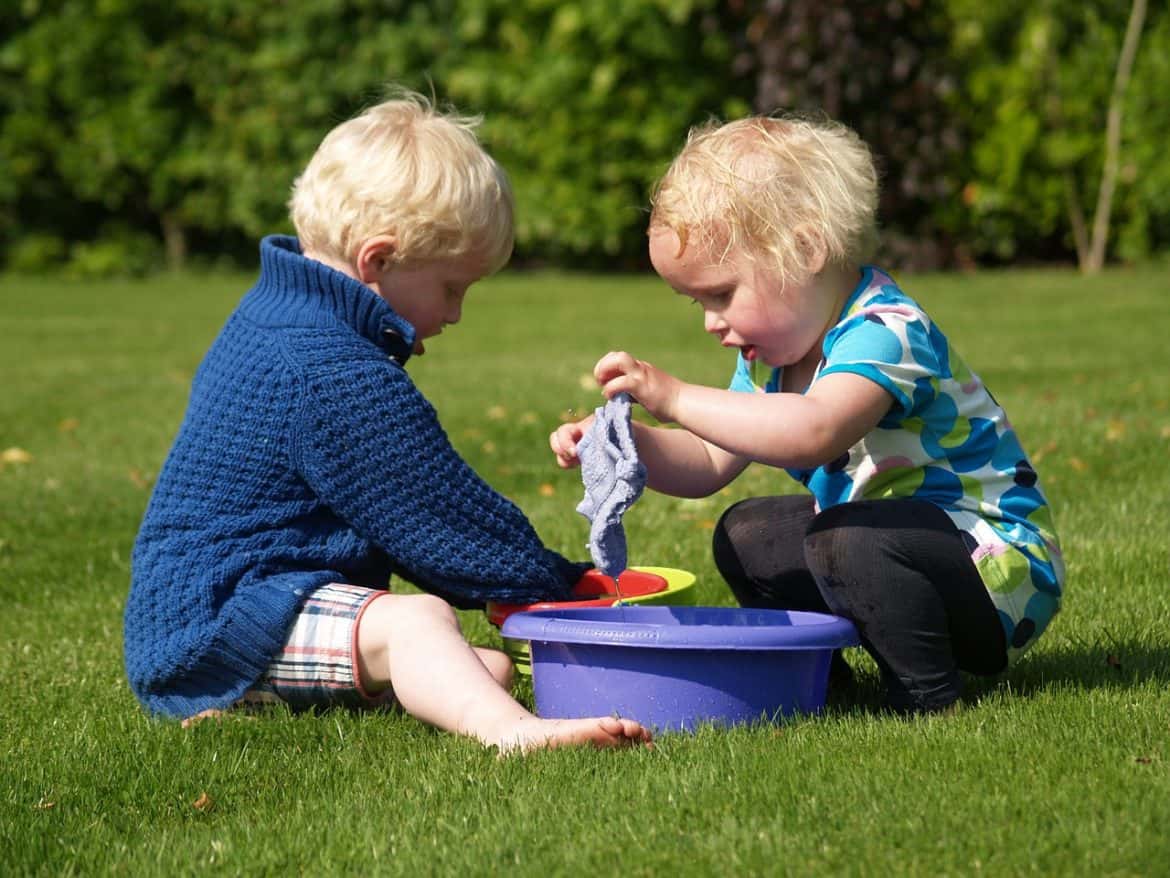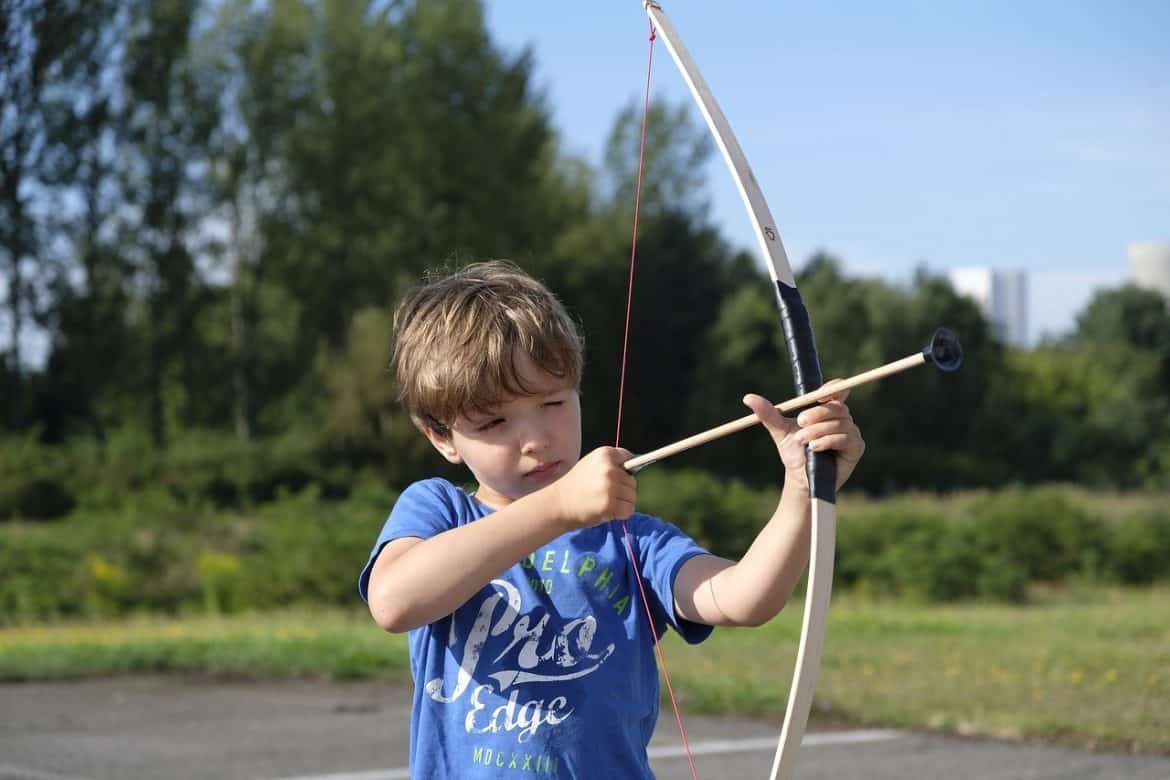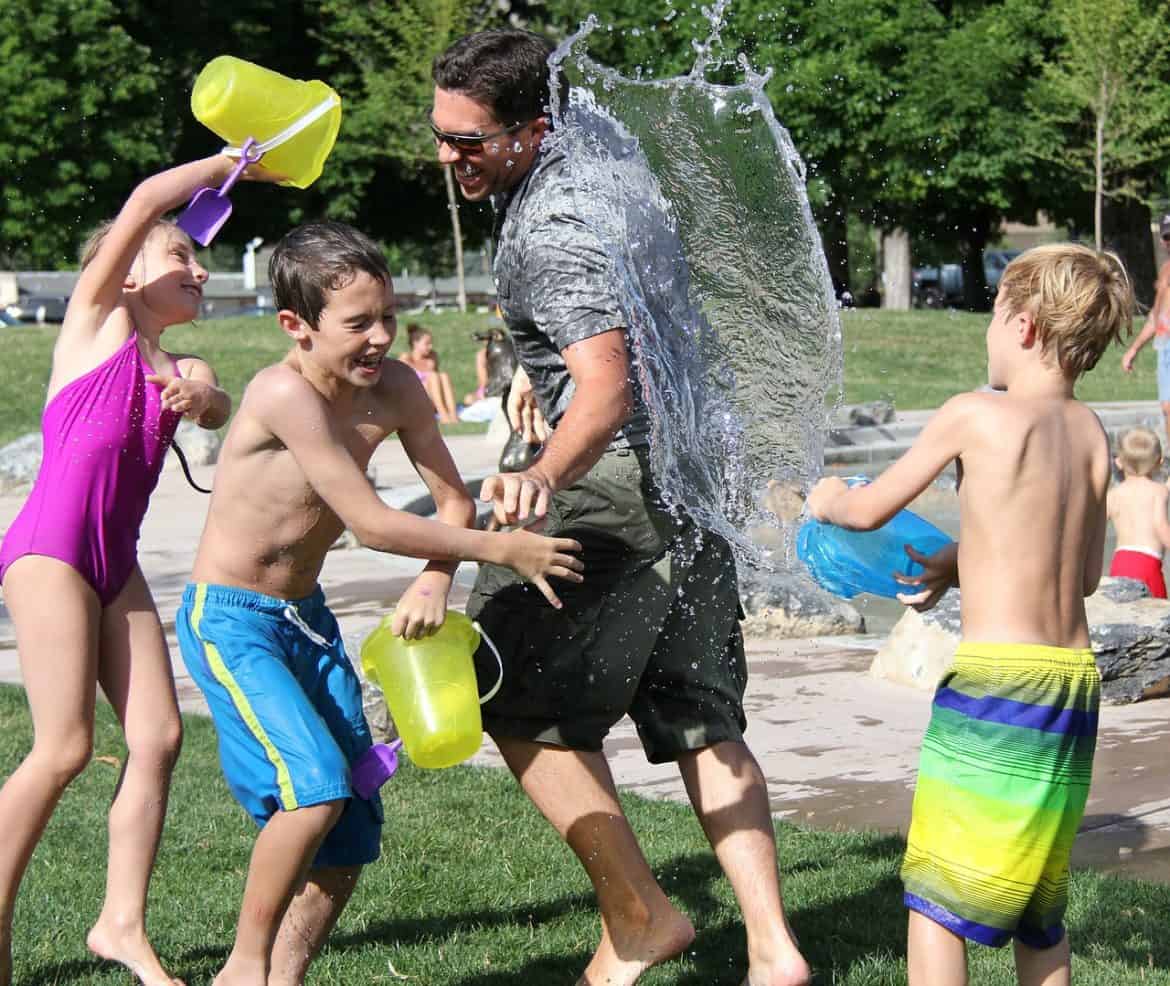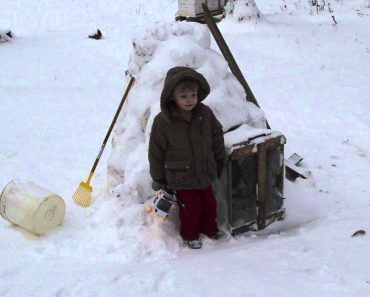Every individual needs to be able to take care of his or herself, including children. They may not be adults yet, and they may have fewer responsibilities than most of us, but they do need to learn how to survive in this cruel world, especially when outdoors. Hence, in this post, we’ll be rounding up […]
Category: Family
10 Reasons Children Should Learn Archery
Many studies have shown that students who are involved in extracurricular activities are far less likely to develop dangerous habits like smoking and drug abuse. Despite the heavy evidence supporting these facts, only 2.6 million of students from the ages 12-17 are actively enrolled in such activities. If you are looking for a good after-school […]
Dealing With Family That Doesn’t Understand Prepping
Any person who has begun to seriously prepare has had to make compromises between current wants and future needs, how much to spend on preparations, and how many people to stock supplies for. If you’re married, you need to have a spouse that shares your concerns or you’re going to fight over every no. 10 can the mailman delivers. I don’t need to go into detail on how much you should store, or how to store it or what makes the cut on your list of lists, as survivalblog.com has visited this issue in depth. The purpose of this article is to help communicate the need to prepare with those in your family that you want to help without alienating them, or downgrading your own preparedness plans.
How to Build a Snow Igloo With Your Kid
Since this was the first time in a LONG time that I had a job that did not find it essential to be in during disasters my family decided to have fun in the snow. The easiest way to do that and still secretly teach WT some skills was to build a snow igloo. It […]
Recipe: Baby Food (Peas)
As a new mom, my wife is very particular what she feeds the boy, and as a new dad, I am always wondering how to afford all the new budget items babies bring. When practical (especially during the summers when the wife is not teaching) we find making our own baby food makes the wife […]





